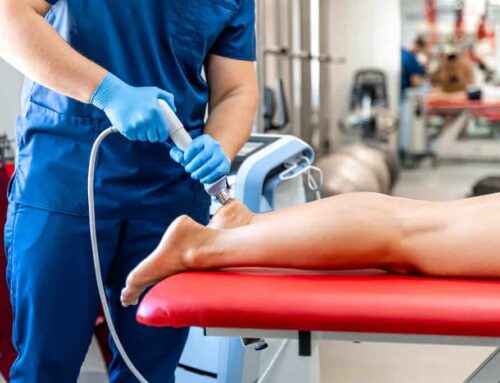When it comes to having difficulty in the front rack position we always blame the little guy. We glare menacingly at this one particular part of our body and try to force it into uncomfortable positions. Which body part would this be? The wrist of course. Somehow our wrist has single handedly thwarted our efforts to get our elbows in and up, and set the bar upon our shoulders. In this blog we’re going to detail how to determine if your anger is misplaced and you should be looking at another joint. Once you’ve determined where your true culprit lies, check out Front Rack Position Mobility to tackle each area one by one. First let’s determine what exactly is making your front rack position so difficult.
Testing wrist extension fairly straight forward. The normal amount of extension you should have in your wrist is 60-75 degrees. These days you can google what an angle looks like then see if your hand matches up!
Check Wrist extension for your front rack position
If you fell short, the next blog will give you some tips on how to improve this. Otherwise, let’s move on to pronation at the forearm. Normal range of motion for pronation is 80 degrees. Follow along with the video to check yours.
Check forearm pronation for your front rack position
Moving on up the chain, let’s check elbow flexion. You should be able to get to 140-150 degrees. A quick test for this is simply being able to touch the middle of the same shoulder with your finger tips.
Check your elbow flexion
And finally let’s look at your shoulder – here lies the answer for most individuals. The motion you’ll want to check is your ability to externally rotate with your arm in front of you, can you get to 90 degrees or slightly past without compensating?
Check shoulder external rotation for front rack position
All of this upper extremity testing not panning out? The next biggest culprit could be your thoracic spine. Check your ability to straighten up, all you need is a wall.
Check thoracic extension mobility on wall
If you have difficulty getting your mid back to straighten out head over to the next blog to see some tips on addressing that.
There you have it! You’re one step closer to being able to identify where your true culprit lies. Once you’ve got your front rack position down you’ll likely want to check out the impact of posture on overhead lifts.
If you’re having pain with movement be careful to keep from plowing ahead and hoping it goes away. Many times this can lead to us strengthening our compensation patterns and leading to more injuries over the long haul. Give us a call, we help people like you stay active and get better every single day.
Blog image: https://athleticmuscle.net/front-rack-mobility/



